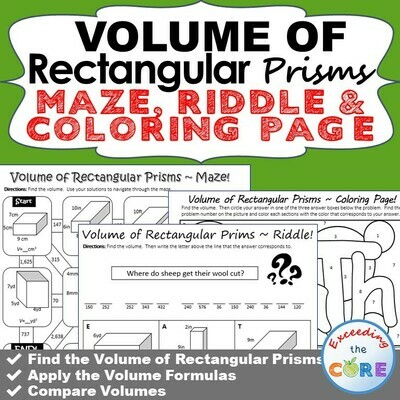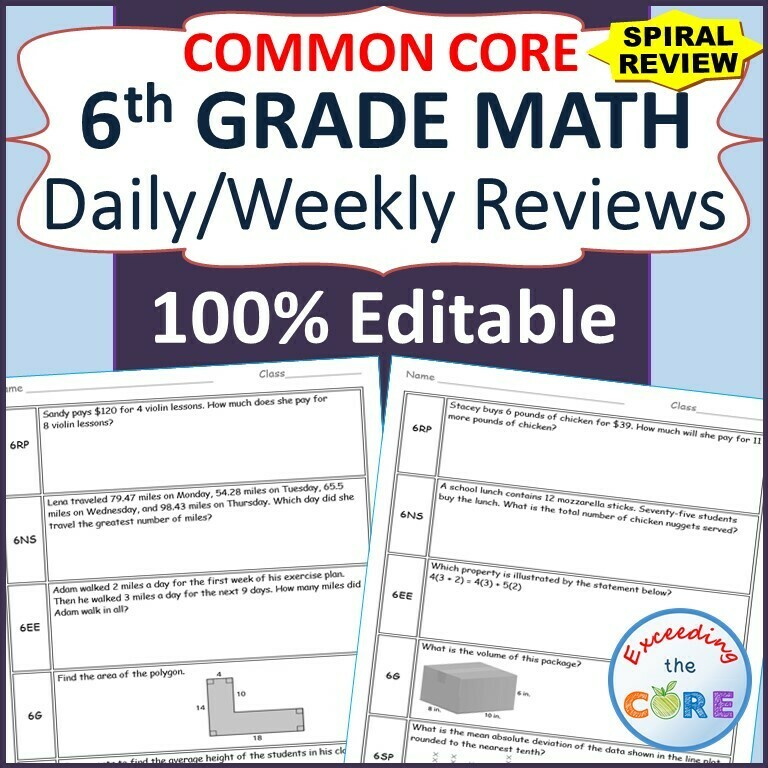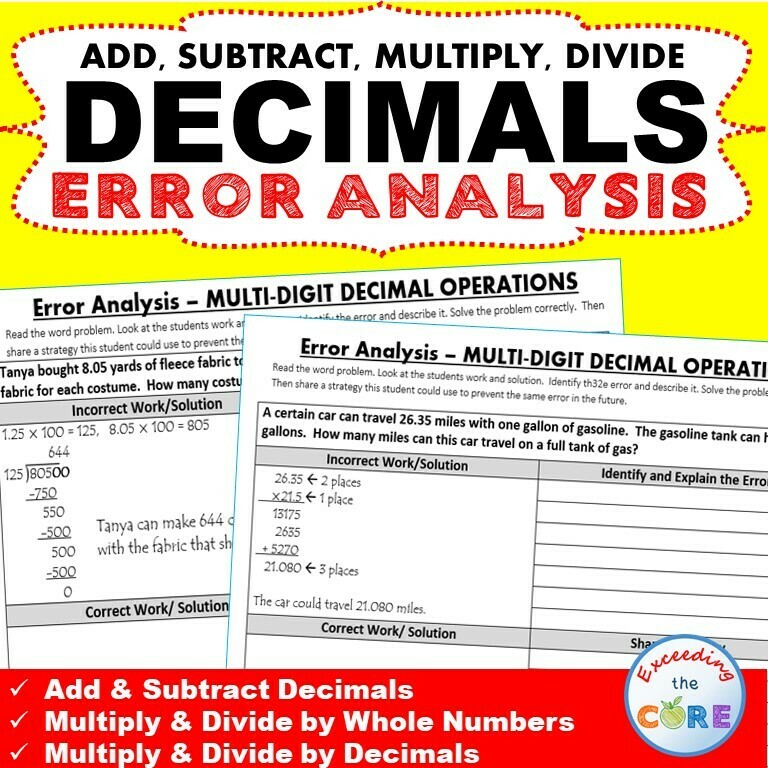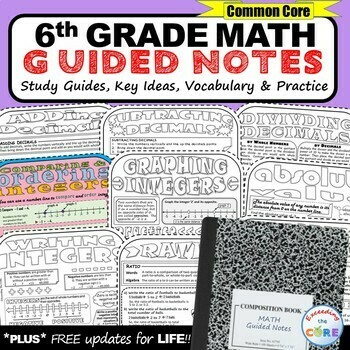
1. Card Stock Paper
 Print your resources on card stock paper
Print your resources on card stock paperI personally like to use the different colors to separate my materials by topic (red - fractions, yellow - decimals) so that I can quickly identify what students are working on.
2. Laminating Machine or Dry Erase Pockets
 Laminate your materials whenever possible. They allow your materials to last a long time. I purchased an inexpensive laminating machine
Laminate your materials whenever possible. They allow your materials to last a long time. I purchased an inexpensive laminating machine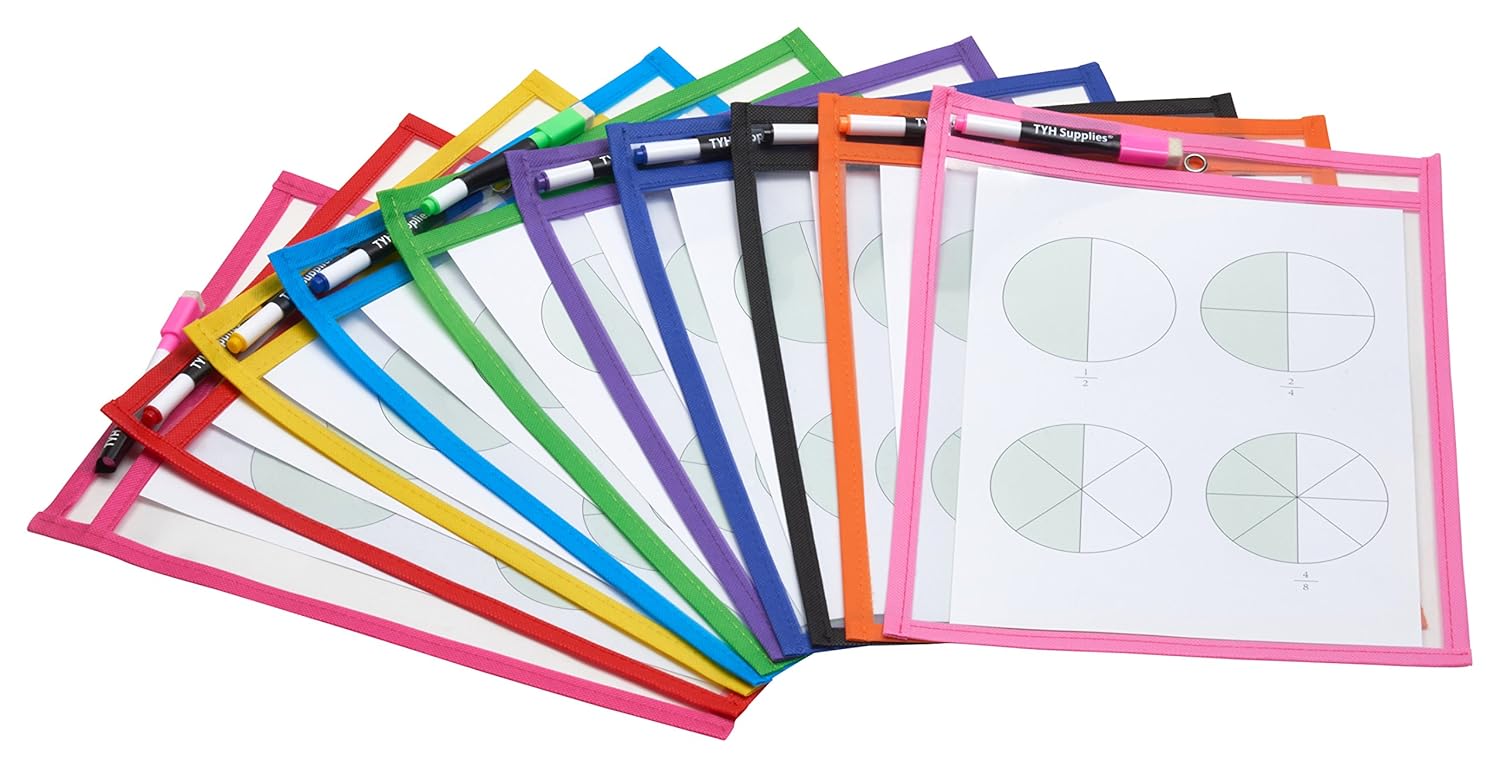
 3. Dry Erase Markers
3. Dry Erase Markers
If you do have your students write on your laminated resources I recommend giving them dry-erase markers
 4. Digital Timers
4. Digital Timers
With any activity in your class, timing is everything. Keep your students working on task with digital timers5. File Folders
 The organization is crucial to keeping your math stations running smoothly. All of my stations are separated into file folders
The organization is crucial to keeping your math stations running smoothly. All of my stations are separated into file folders6. A Variety of Math Activities
At this time I am using four different resources for my math stations.✔ Task Cards - My students struggle with word problems. So, at the end of every unit, I have my students work in groups using 3-4 task cards. It is great because I can quickly differentiate without having to worry about creating leveled worksheets or making copies.

✔ Problem Solving Graphic Organizers - I created problem-solving graphic organizers for my students who struggle to solve word problems and are unable to explain their work/solution. Each worksheet presents students with a real-world word problem. Students must then organize the information they are given, solve the problem, justify their work, and explain their solution.
✔ Fun Activities - I created tons of math mazes, riddles, and coloring activities for my students because they needed the fluency practice but they were so bored with the traditional worksheets. It's amazing to see how quickly they lose track of time when they are doing these fun math activities.
✔ Error Analysis - Every time I incorporate math error analysis activities into my lessons I am always amazed at how quickly it leads to richer discussions and deeper thinking among my students. They suddenly become little math critics and their focus broadens from getting the answer to understanding the process.
These must-haves have allowed my students to get so much more out of my math stations.
This post contains affiliate links, meaning, if you click through and make a purchase or sign up for a program, I may earn a commission. This is at no additional cost to you.

